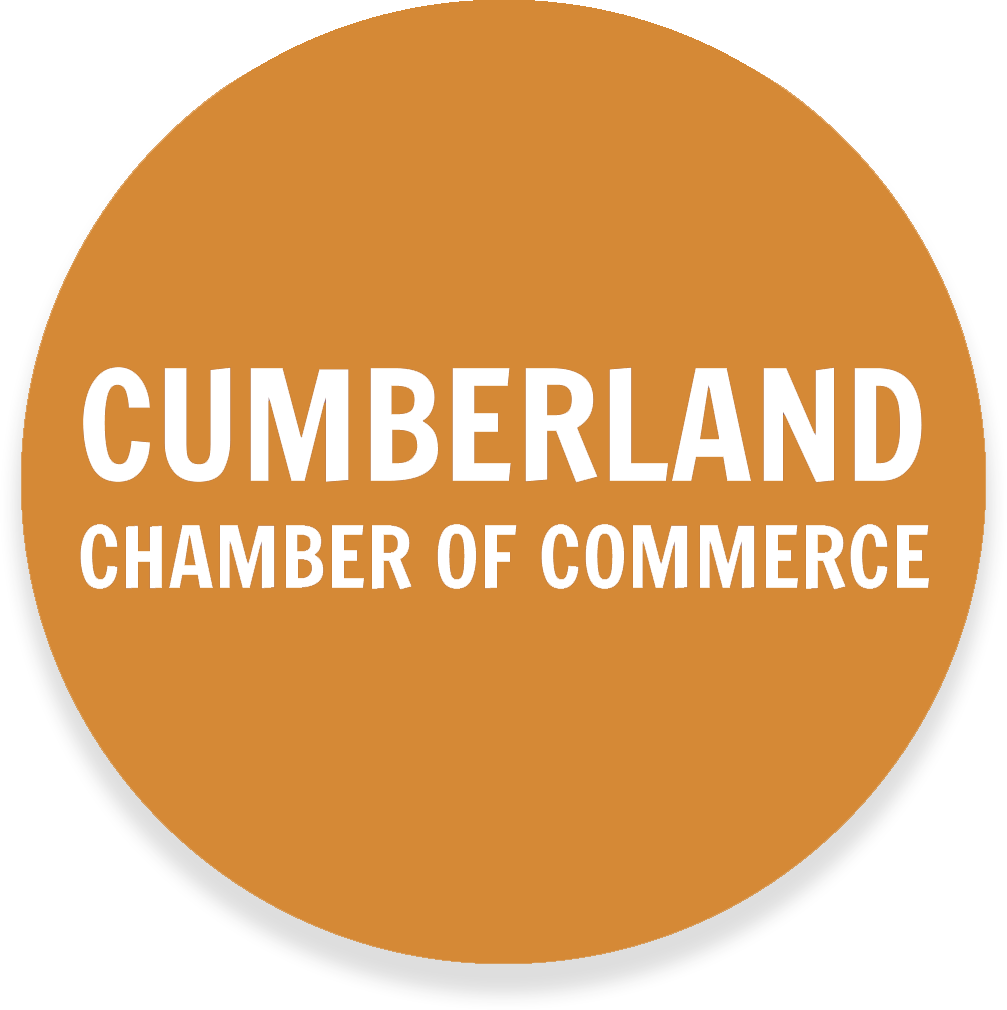ABout
2023 Chamber Board of Directors
President - Jon Hile, Re/Max Northstar
Vice President Jordan Peichel, Cumberland Municipal Utilities
Secretary - Jenny Thorp, Camp Brigadoon
Treasurer - Ben Stevens, Cumberland Federal Bank
General Board Members
Paul Nelson, Nelson Flooring
Paul Bucher, Cumberland Advocate
Louis Muench, Louie's Finer Meats
Troy Lynch, 3M
Krista Johnson, Ardisam
Mark Peichel, Cumberland Golf Course
Jodi Griffith, Toftness Chiropractic
Chip Niebuhr
The Center of it All
From Eau Claire to the Twin Cities, we are a great place to Start
This growing and colorful city is located at the intersection of US Hwy 63 and Wisconsin Hwy 48 just 50 miles north of Interstate 94; it boasts of a highly respected school district and community theater, it offers an accredited hospital with an extended care unit, plus busy medical clinics; several industries and an airport with a lighted runway, airfreight service and business aircraft; and it is home to a popular 18-hole golf course with clubhouse services. Also, Wisconsin Technical Institute and a branch of the University of Wisconsin are located only 15 miles away.
Indeed, Cumberland is a wonderful city, which in contrast to many small towns is getting better every day, thanks in large part to the existence of Che-wa-cum-ma-towan-gok – our lake!
Che-wa-cum-ma-towan-gok is the name that Chippewa-Ojibwa people gave to the especially deep and clean, meandering lake that surrounds this community and accounts for it commonly being called “The Island City” – indeed, perhaps the only island city in Wisconsin or even a much larger area. This interesting name, used by Indians who were the first people to live on this island in 1859-60, meant 'lake of the beavers'. Today, the beloved lake that characterizes this always ambitious city is called Beaver Dam Lake.
The first settler other than the Chippewa-Ojibwa people, Gunder O. Dahlby, built a cabin on our island in 1874; a post office named Lakeland was established in 1876; a school was started in 1877; the community was renamed Cumberland in 1879; the city council authorized a library “in its rooms” in 1898; an opera house was opened in 1903; and Andrew Carnegie donated $10,000 toward the construction of a library building in 1905. This library was extensively re-modeled and enlarged in 2009. During this time, residents definitely were not just hunting and fishing – and it is possible that much of the unusual industry displayed can be traced to the synergism created by the presence of multiple nationalities. The centennial story compiled by Cumberland Women’s Club in 1974 includes information regarding the histories of Italian, German, Swedish and Norwegian people, as well as early Indians. Certainly, this mixture of somewhat competitive nationalities was a highly motivating asset with regard to getting things done.
As it is recorded in a variety of sources, Italian people originally were attracted to Cumberland when the railroad was being constructed; other nationalities came to this area to farm because construction of a railroad made agricultural opportunities more rewarding; still more immigrants were involved with logging, or they opened businesses because of the growing population tied to these activities.
A related, colorful story pulled from legendary local lore is about this city becoming inundated with saloons, which obviously was quite an exaggeration, of course. Nonetheless, as the story goes, this city supposedly became the site of numerous, regularly occurring brawls to the extent that it became famous as part of a notorious foursome called “Cumberland, Hayward, Hurley and Hell.” And according to the rest of this story, a saloonkeeper named Paulson was known as King of Cumberland – until a St. Paul cop was hired to clean up the town, that is, because “King” went down during a bloody slugfest. But that was then and this is now.
